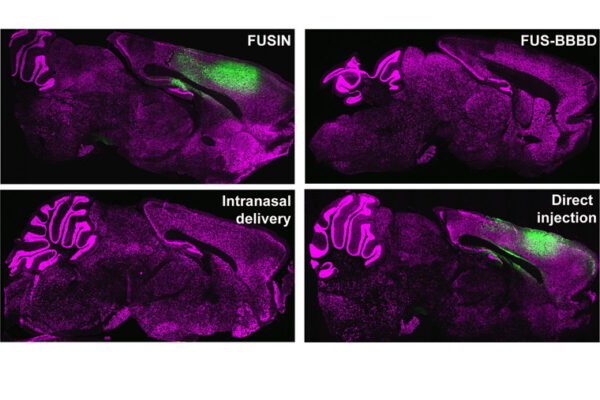More than 10 million people worldwide live with Parkinson’s disease, a progressive neurodegenerative disorder that affects movement, balance and thinking. Severity of the disease is measured through external symptoms, as there are no effective biomarkers that indicate the phase of the illness.

A team of engineers, physicians and researchers at Washington University in St. Louis, led by Abhinav K. Jha, an assistant professor at the McKelvey School of Engineering, has collaborated to create an imaging method that allows them to get an accurate measurement of dopamine transporter, a protein important in movement, in three regions in the brain associated with Parkinson’s disease. Results of the research appeared in the journal Medical Physics in August.
While most studies on developing biomarkers for Parkinson’s disease have focused on measuring the dopamine transporter uptake within caudate and putamen, such measures may only correlate with severity in early Parkinson’s disease. That leaves an important need for biomarkers that can measure the severity throughout the range of the disease. To reach this goal, Joel Perlmutter, MD, the Elliot Stein Family Professor of Neurology and professor of radiology, of neuroscience, of physical therapy and of occupational therapy at the School of Medicine, and a Parkinson’s disease researcher, encouraged Jha to determine if the dopamine transporter uptake within the globus pallidus could serve as a biomarker.
Read more on the engineering website.


